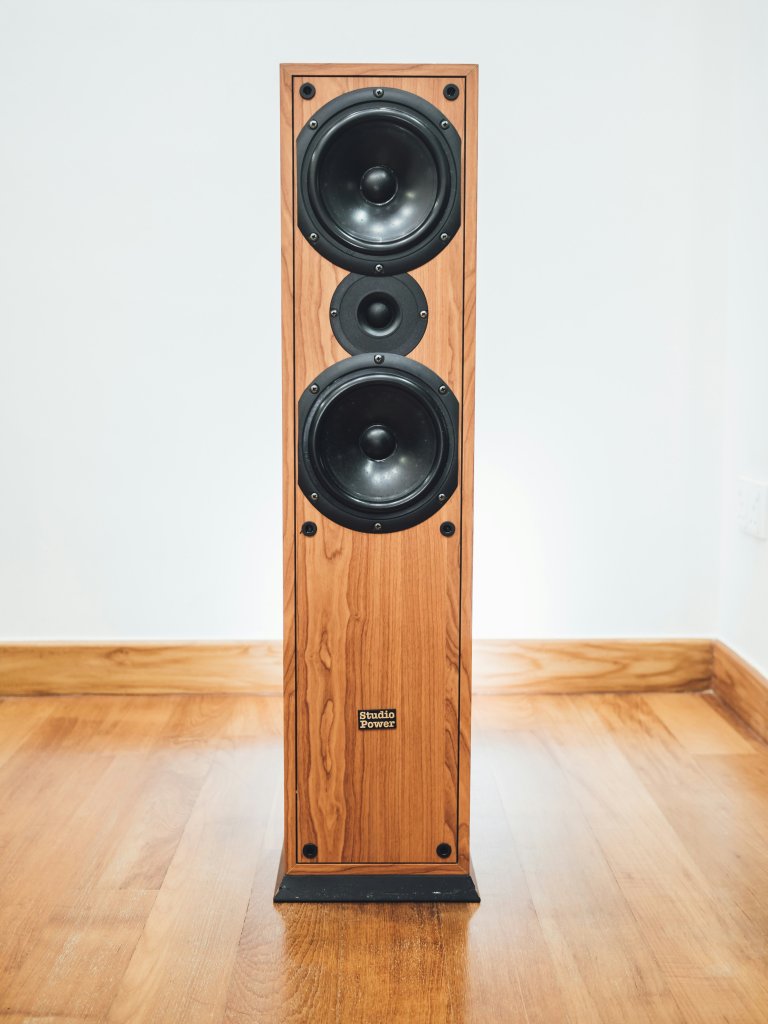Download Audio Books: Get Into The Audio Book Trend!
As technology constantly evolves, so does the way we consume media. With the rise of smartphones and other portable devices, there has been a significant increase in the popularity of audio books. Gone are the days where we have to carry around a heavy book. With just a few clicks, we can now download and listen to our favorite books anytime and anywhere.
What are Audio Books?
Audio books, also known as audiobooks or talking books, are recordings of a book being read out loud. While some are narrated by the author themselves, others are performed by professional voice actors or celebrities. It allows us to experience the story in a different way, through the power of voice and sound. It’s like having a storyteller right in your ear.
The Rise of Audio Book Trend
The rise of audio books can be attributed to the convenience it provides. Unlike traditional books, you can listen to an audio book while doing other tasks such as driving, cooking, or exercising. It allows us to multitask and make the most out of our time. Additionally, audio books are a great alternative for people who have difficulty reading due to visual impairment or learning disabilities such as dyslexia. It provides more accessibility and inclusivity in the world of literature.
In recent years, audio book sales have also steadily increased. In 2018, the audiobook industry saw a remarkable 37.1% increase in sales compared to the previous year. This trend shows no signs of stopping, as more and more people are discovering the benefits of audio books.
The Benefits of Audio Books
Aside from convenience and accessibility, audio books offer a multitude of benefits. Listening to a book can be a different experience compared to reading it. It allows us to use our imagination in a different way and truly feel the emotions and intent of the story. It also helps improve our listening skills and concentration as we have to focus on the narrator’s voice.
Moreover, audio books are a great option for people who are always on the go. It’s a perfect way to pass the time during long commutes or flights. It can also be a great companion during workouts or while doing household chores. It keeps our minds engaged and entertained, making these tasks more enjoyable.
How to Download Audio Books
With the popularity of audio books, there are now various ways to download and listen to them. Here are some options you can explore:
1. Subscription Services
Many audio book services such as Audible, Scribd, and Audiobooks.com require a monthly subscription. These services offer a vast selection of audio books that you can download and listen to offline. They also offer free trials, so you can try out their service before deciding to commit.
2. Library Apps
Many public libraries now offer audio books through their own apps such as Libby or OverDrive. All you need is a library card and you can borrow and download audio books for free. This is a great option for book lovers on a budget.
3. Direct Download
Certain websites such as Project Gutenberg and LibriVox offer audio books that you can download directly to your device for free. These sites offer public domain books, which means they are no longer under copyright.
4. Purchase Directly from the Author
Some authors offer their audio books for purchase directly from their website. This is a great way to support your favorite authors and get your hands on their latest releases.
The Future of Audio Books
With the continuous advancements in technology, the future of audio books looks bright. The emergence of voice-activated devices such as Amazon’s Alexa and Google Home has made it easier to listen to audio books hands-free. There are also discussions on improving the quality of audio books through sound effects and multiple narrators, making it a more immersive experience.
Furthermore, as more people embrace audio books, there will likely be an increase in the production of original audio content. This means we can expect to see more audio-only books, exclusive audio books, and audio-only short stories in the future.
The Bottom Line
Audio books have become a significant part of the media landscape. With its convenience, accessibility, and numerous benefits, it’s no surprise that it has become a trend. So whether you’re a book lover looking for a new way to enjoy your favorite stories, or someone looking for a convenient way to pass the time, downloading audio books is definitely worth considering. Embrace the trend and get lost in the world of audio books today!


